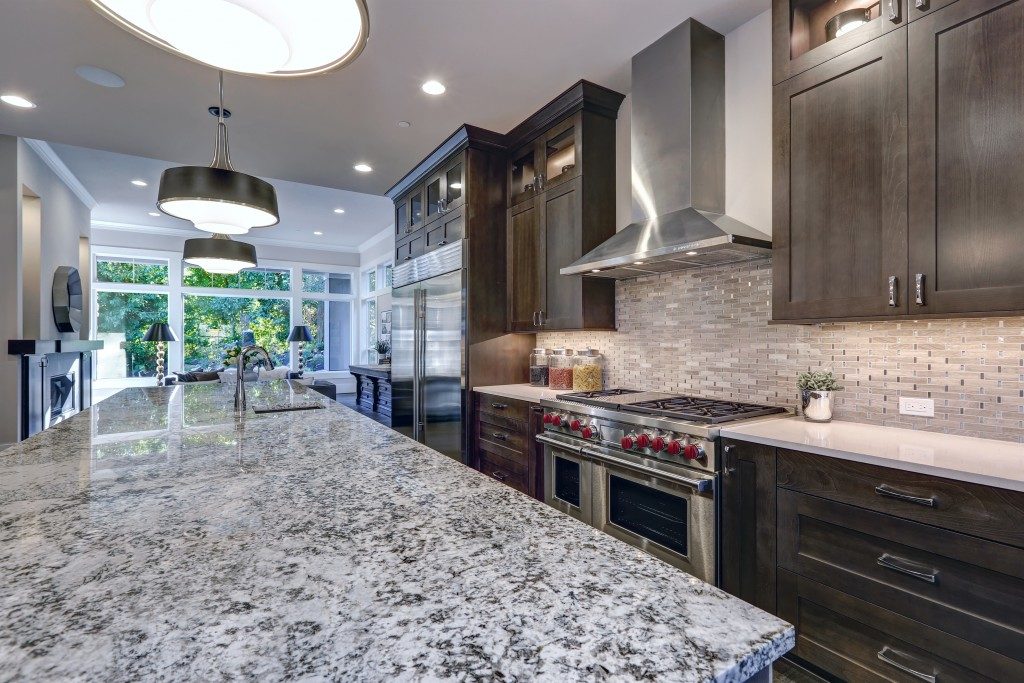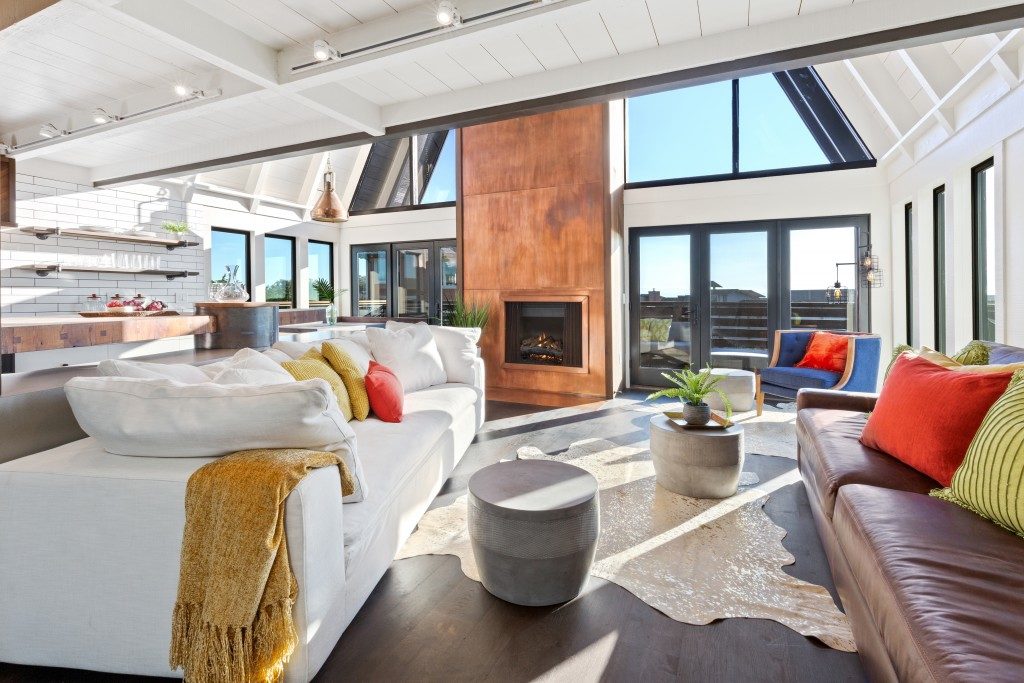Everyone is now aiming to maximize safe exposure to outdoor elements. Being one with nature has been shown to boost your skin’s health, maximize productivity, boost your mood, and minimize the incidences of respiratory infections due to polluted indoor air. While most homeowners are looking for properties with maximum outdoor space they can landscape, the land is now minimal. Getting a home with enough outdoor space for your dream exterior design might, therefore, be difficult and, at times, expensive. New home builders or contractors in Townsville and other locationsare now opting for designs that maximize your indoor natural lighting and breeze.Other than transforming your indoors into a place where you can enjoy nature, this option lowers your heating and cooling energy expenses. Here are some of the architectural features used to maximize your indoor natural lighting.
Light Shelves
These are horizontal, shelf-like elements often positioned above the eye level on your windows. They will bounce light from the outdoors while reducing the glare of sunshine. This allows for even light distribution and minimal heat gain. Light shelves are located on the exterior or interior side of your window, but can also be located on both sides. 
Skylights
These are non-conventional windows often placed on your home’s roof. Skylights are generally fixed, meaning you cannot open or close them, though some modern ones are retractable. Skylights are a compelling choice for maximizing natural lighting, especially in areas without traditional windows, such as hallways. Their location puts them at risk of falling debris, leaks, and sun damage. They are often placed away from the sun’s path and rain flow.
Sun Tunnels
These are also called tubular daylighting devices and are much like skylights in regards to their location. Sun tunnels are more high-tech compared to skylights and have reflective material coatings on their interiors, as well as a clear plastic dome. They draw in maximum lighting regardless of their small surface areas. Furthermore, sun tunnels will reduce sunlight glare, infrared rays, and inconsistent light patterns in your interiors.

Clerestory Window
These are non-traditional windows that have excellent ventilation and daylighting benefits. Clerestory windows are located above eye level and were traditionally used in churches. Owing to their high location on your walls, these windows also allow a maximum breeze into your indoors without sacrificing your privacy. Ideally, the windows are located on your home’s sunny side but should be protected from harsh summer sunshine using louvers, overhands, and rooflines. Clerestory windows will also play a role in passive cooling, making them multi-functional elements of your home. Having an energy-efficient home with comfortable interiors begins long before you move in and furnished the space. The above architectural details are among those that maximize the energy savings you can make and the indoor comfort you can achieve. While homes with these details might be more expensive, focus on the health benefits and reduced expenses you can possibly reap. The high initial cost of your home improvement project will prove cost-efficient in the long run.

